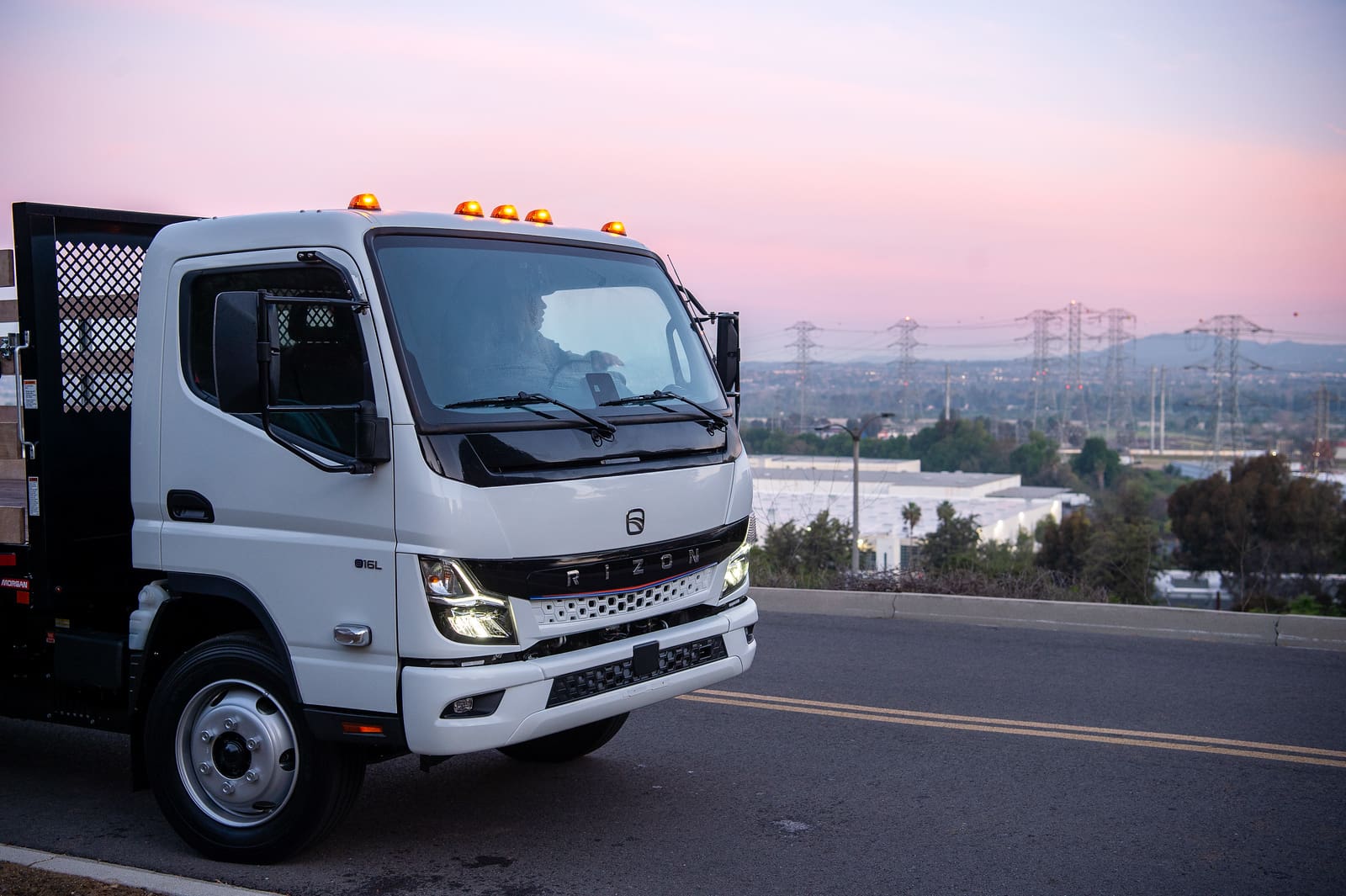
- News Story
Championing the Crucial Dialogue to Advance Fleet Electrification
April 26, 2024
Source: ACT News
In the actively changing landscape of transportation, the electrification of fleets has emerged as a pivotal step towards a sustainable and clean energy future. Electrification can, in the right applications, help fleets drastically cut emissions, reduce total lifetime operating costs and improve the air quality in and around their communities.
As regulators begin mandating electrification, the projected impact of transportation electrification on our power system will be at a scale that is unprecedented and is only one of the many additions to overall electrification growth. Nationally, electrical grid capacity must grow 60% by 2030 and 300% by 2050 to meet electrification goals, while also transitioning to zero-carbon power. At the same time, utility regulators are concerned about the impact of this massive infrastructure investment on utility rates for all customers.
Understanding the Shift: A Shared Vision
The first step in fostering a productive dialogue is establishing a shared understanding of the transition to electric fleets. Utilities and fleets must align on the anticipated growth, timelines, vehicle charging needs and patterns, as well as geographical distribution of electric vehicles (EVs). This mutual comprehension forms the foundation for strategic planning, allowing utilities to gauge the scale of infrastructure needed to take proactive steps to meet the charging demand effectively.
Power Requirements and Load Management: Collaborative Solutions
As fleet operators embrace electrification and respond to regulatory requirements and timelines, utilities must assess the potential impact on the power grid. Through collaborative studies and data sharing, both parties can gain insights into the specific power requirements, charging patterns and load distribution associated with fleet electrification.
Load Forecasting: Utilities should conduct load forecasting studies to estimate the future electricity demand resulting from fleet electrification. By collaborating with fleets, they can refine these forecasts based on real-world usage patterns. Both near-term and longer-term electrification plans will help utilities plan for the needs of fleet owners and operators and anticipate supply chain timing issues.
Demand Management Programs: Engaging fleet operators in demand management programs helps utilities forecast peak loads by incentivizing charging during off-peak hours. This collaborative approach ensures optimal use of resources and minimizes strain on the grid.
Smart Charging Infrastructure: The deployment of smart charging solutions facilitates communication between utilities and charging stations, allowing for better load management and facilitating participation in demand management programs. Fleets can actively participate in the selection and implementation of these technologies. Smart charging infrastructure will reduce both operational costs (charging off-peak) as well as carbon emissions (charging when renewable energy production is highest).



